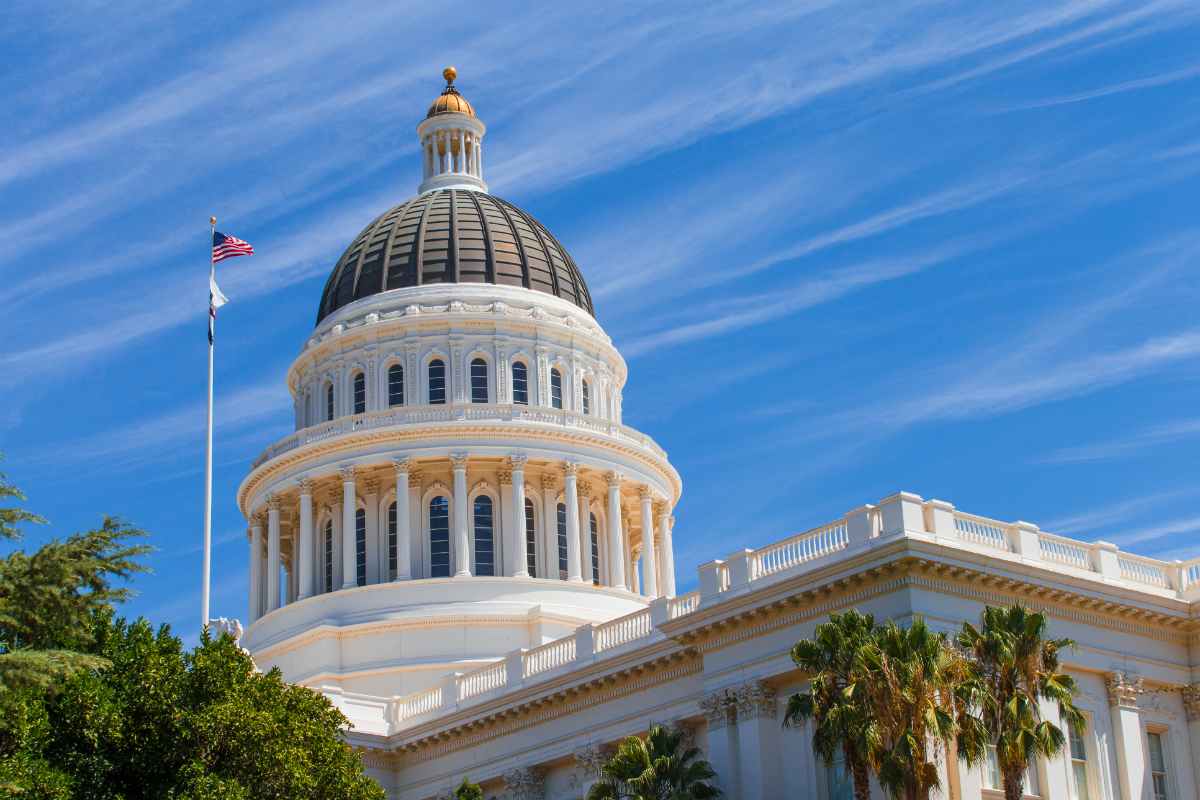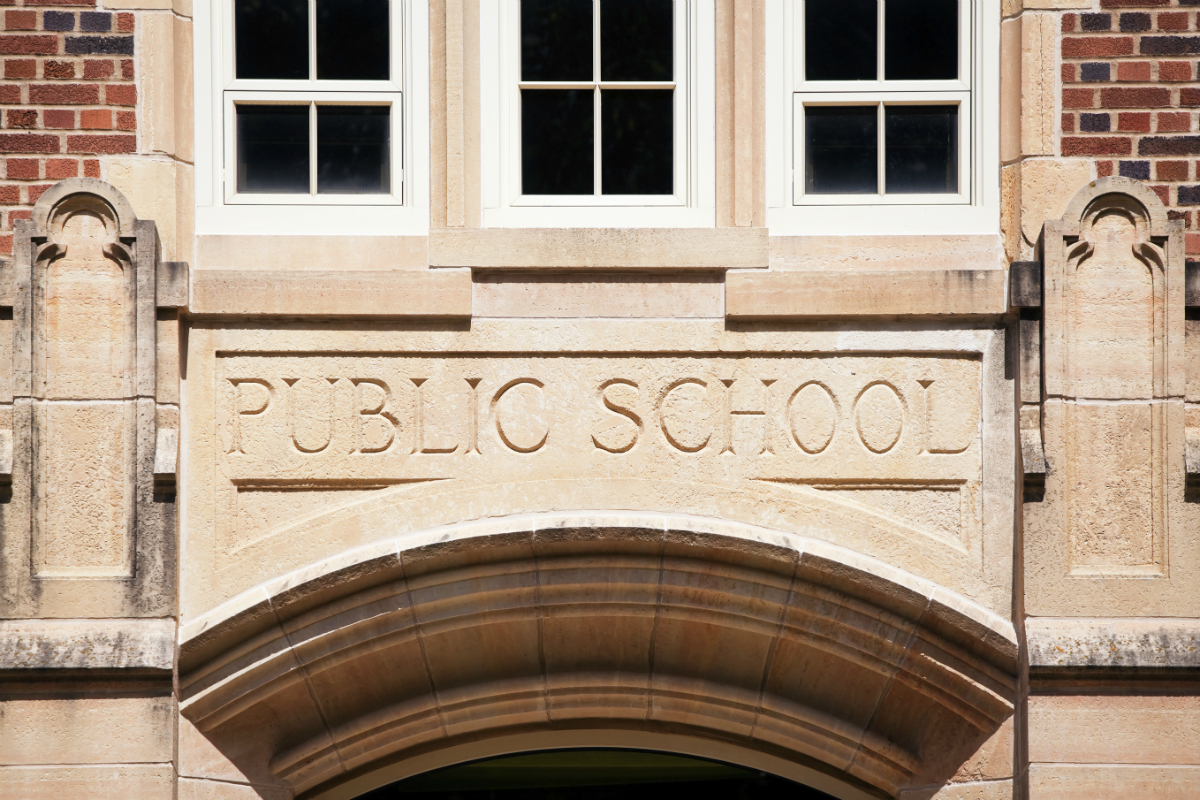On the heels of Gov. Gavin Newsom’s introduction of the 2023–24 Budget Proposal on Jan. 10, CSBA on Jan. 11 held a webinar to review the proposal and discuss its impact on local educational agencies.
The Governor’s announcement came at a time when the state is anticipating a $22.5 billion deficit, resulting in some cuts or delays to spending following years of budget surpluses. TK-12’s portion of Proposition 98 in 2023–24, for example, decreased from $98.3 billion in the Budget Act of 2022–23 to $96.8 billion in Newsom’s proposal.
In preparation for what was shaping up to be a challenging budget cycle, CSBA narrowed in on key budget priorities including increased funding for learning recovery, mental health services, staff recruitment and retention, implementation of transitional kindergarten (TK), cybersecurity and internet infrastructure, and pension relief.
CSBA CEO & Executive Director Vernon M. Billy reminded the audience that there are many new members of the Legislature, something CSBA will be mindful of in its advocacy. “I think if we keep that in mind, keep the focus on our priorities and getting more funding into schools and maintaining what we have, we’re going to be able to be very effective this year in protecting the things that are important to you at the local level,” he said.
Some highlights of the proposed 2023–24 budget include a Local Control Funding Formula cost-of-living adjustment (COLA) of 8.13 percent and a $637 million commitment to fund 60 percent of approved costs for the home-to-school transportation program, including a COLA for the transportation add-on to LCFF. CSBA’s Governmental Relations team put together a full breakdown of the Budget Proposal and budget process, which is available on the CSBA blog.
Here are some key takeaways from the webinar:
Prop 98 reserve
CSBA Assistant Executive Director of Government Relations Dennis Meyers noted that the Public School System Stabilization Account (PSSSA), also known as the Prop 98 reserve, e is “substantial” with a balance of roughly $8.1 billion.
However, school district reserve caps are still triggered in 2023–24. According to Meyers’ presentation:
- The local reserve cap is triggered when PSSSA balance is at least 3 percent of the K-12 share of Prop 98.
- Medium and large districts will generally need to limit their reserves to no more than 10 percent of annual expenditures — this applies only to assigned and unassigned funds.
- Small and basic aid districts are exempt.
“Those bullets are all something you all need to be thinking of,” Meyers cautioned. “This means that the trigger for your school district reserve caps still is in place in this coming fiscal year, so you have to really make sure that your budget staff and your school boards are working together to make sure that this trigger either doesn’t apply to you — meaning a small school district of 2,500 or less or a basic aid district — or you work between the board and staff to adopt your reserves. That means that they’re not assigned or unassigned reserves … if the board adopts them and commits the funds, then it doesn’t count toward the reserve cap. Make sure you’re working very closely together.”
LCFF Equity Multiplier
One of few new initiatives that education saw in the proposal is the LCFF Equity Multiplier, CSBA Legislative Advocate Cheryl Ide explained. This includes $300 million ongoing Prop 98 as an LCFF add-on and is intended to accelerate learning gains and close opportunity gaps.
“In prior years we probably would have seen $300 million and thought that’s a small thing, but $300 million ongoing in a budget like this is the biggest thing that we’re seeing that’s brand new this year,” Ide said.
The funds will be allocated based on school-site free or reduced-price meal (FRPM) eligibility to support the highest-need students. “For elementary schools if you have an FRPM at 90 percent you would be eligible for these funds and for high school it would be 85 percent at that school site,” Ide said.
Local Control and Accountability Plan amendments are included to ensure significant student groups are identified and addressed effectively. More information will become available via trailer bills in February.
Facilities
The proposal calls for reductions in the planned support for the School Facilities Program by $100 million General Fund, from $2.1 billion to $2 billion and delays $550 million for the Transitional Kindergarten, Preschool, and Full-Day Kindergarten Facility Grant Program to 2024–25.
Ide said the funds are sorely needed for schools without existing facilities for young learners, which have specific requirements such as proximity to restrooms and direct access to playgrounds and pick-up areas.
Cybersecurity
The budget proposes $28.7 million to enhance the capacity of the California Cybersecurity Integration Center (Cal-CSIC), which serves as the state’s hub for cybersecurity preparedness and response. This money isn’t specific to schools, however.
“[Cybersecurity] is on our agenda to make sure schools are a part of any work that the state is doing so that you are protected sufficiently,” Meyers said. “That your kids, your employees and the records you maintain are secure and that we can handle any kind of an attempt or attack.”
Q&A
The webinar also featured a Q&A portion where the Governmental Relations team addressed attendees’ budget questions and concerns related to potential relief for basic aid districts (specifically around TK), whether to expect any further support to mitigate the declining enrollment cliff many LEAs are facing and more.
A recording of the webinar and the presentation slides are both available to view online.





